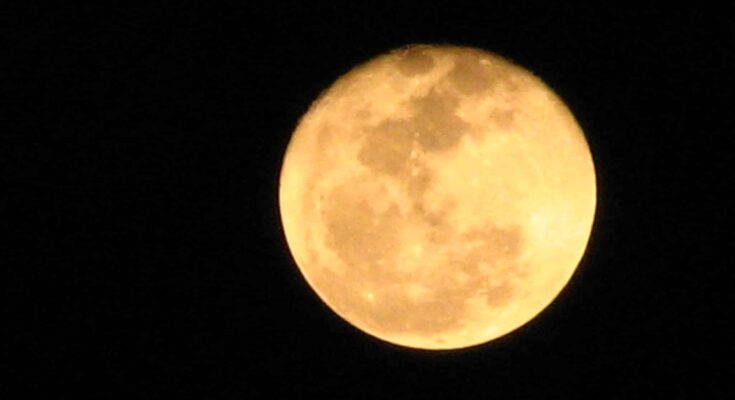The first of four supermoons in 2024 will rise next week and present us with beautiful spectacles in Earth’s night sky. We will see the first supermoon on Monday, when the satellite will be closer, making it look larger and brighter than usual.
August’s supermoon will kick off a streak of moon-related spectacles that will continue from September to November. September’s supermoon will simultaneously occur with a partial lunar eclipse.
October’s supermoon will be the closest the moon will come to our planet this year, while November’s will be the final one of 2024.
What is so special about the supermoon?
What makes a supermoon so special is the fact that certain conditions need to align for the phenomenon to occur.
A supermoon happens when a full lunar phase syncs with a close swing of the moon around the Earth. This in itself is not uncommon, as it usually happens three to four times per year.
What is uncommon, however, is the occurrence of this in consecutive months. It is unusual because the moon’s orbit is constantly shifting.
The moon does not in the slightest get any larger but only appears to be so. NASA scientists say that “unless you have looked at a lot of full moons or compared][ them in images, it is hard to notice the difference.”
How far from Earth will 2024’s supermoons be?
Scientists claim this year supermoons will be almost indistinguishable from regular moons. In fact, they recommend that if one wishes to witness the phenomenon to focus on the moon’s brightness rather than its “size.”
August’s supermoon will be 224,917 miles away from Earth, while September’s will be almost 3,000 miles away and will be visible on the night of September 17th.
That night, the partial lunar eclipse will also be visible in the Americas, Africa, and Europe.
This year’s closest supermoon will be that of October, given that it will be a mere 222,055 miles from Earth. November’s supermoon will be the second closest at a distance of 224,853 miles.
The moon has returned to the mainstream
The moon is back in the mainstream. Besides this year’s lunar phenomena, NASA is also planning key missions to explore our closest satellite.
The main NASA mission focused on the moon is the Artemis program, which will focus on exploring the moon’s surface geology and resources. It will also focus on the moon as an economic opportunity.
The mission, featuring the Orion Spacecraft, will transport astronauts from Earth to lunar orbit and back. This program will also set the tone for space exploration for decades to come, and Artemis will serve as a stepping stone for future exploration on Mars.



